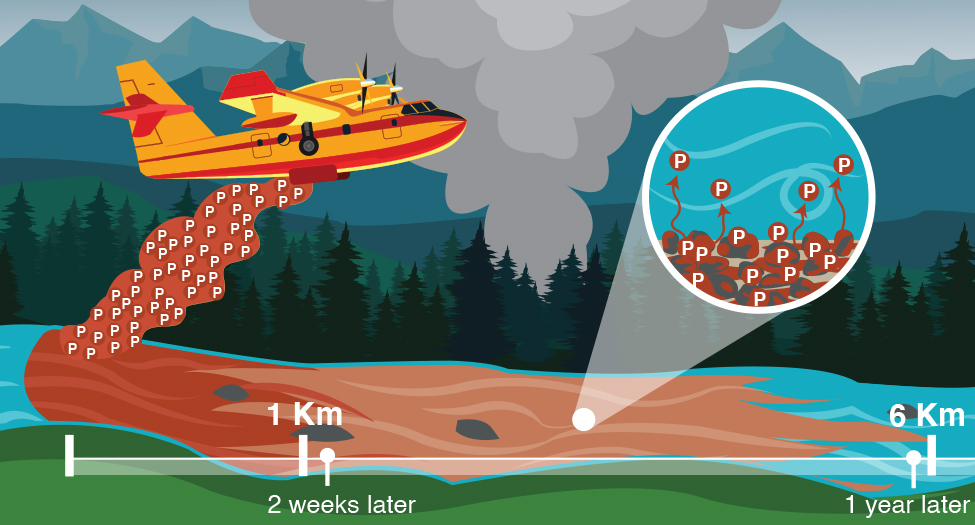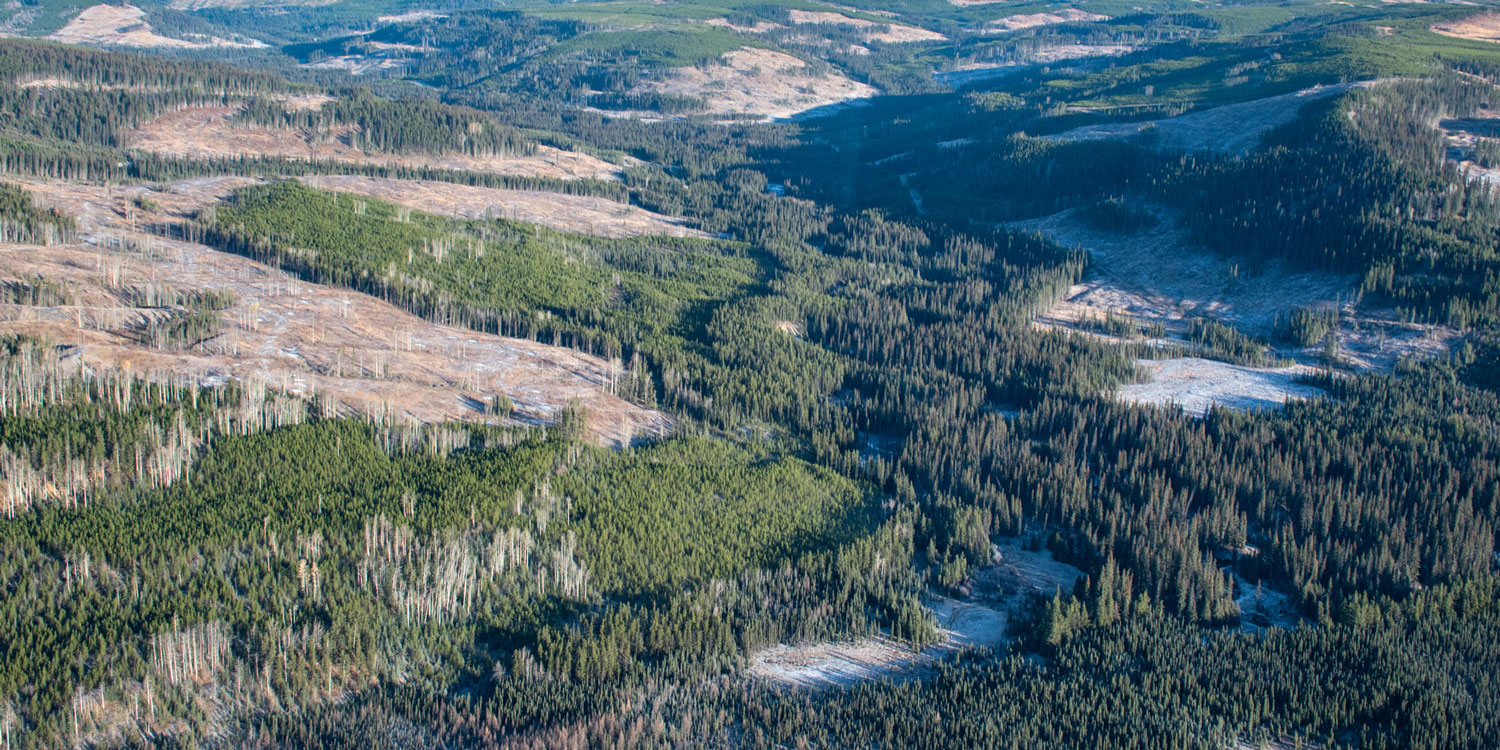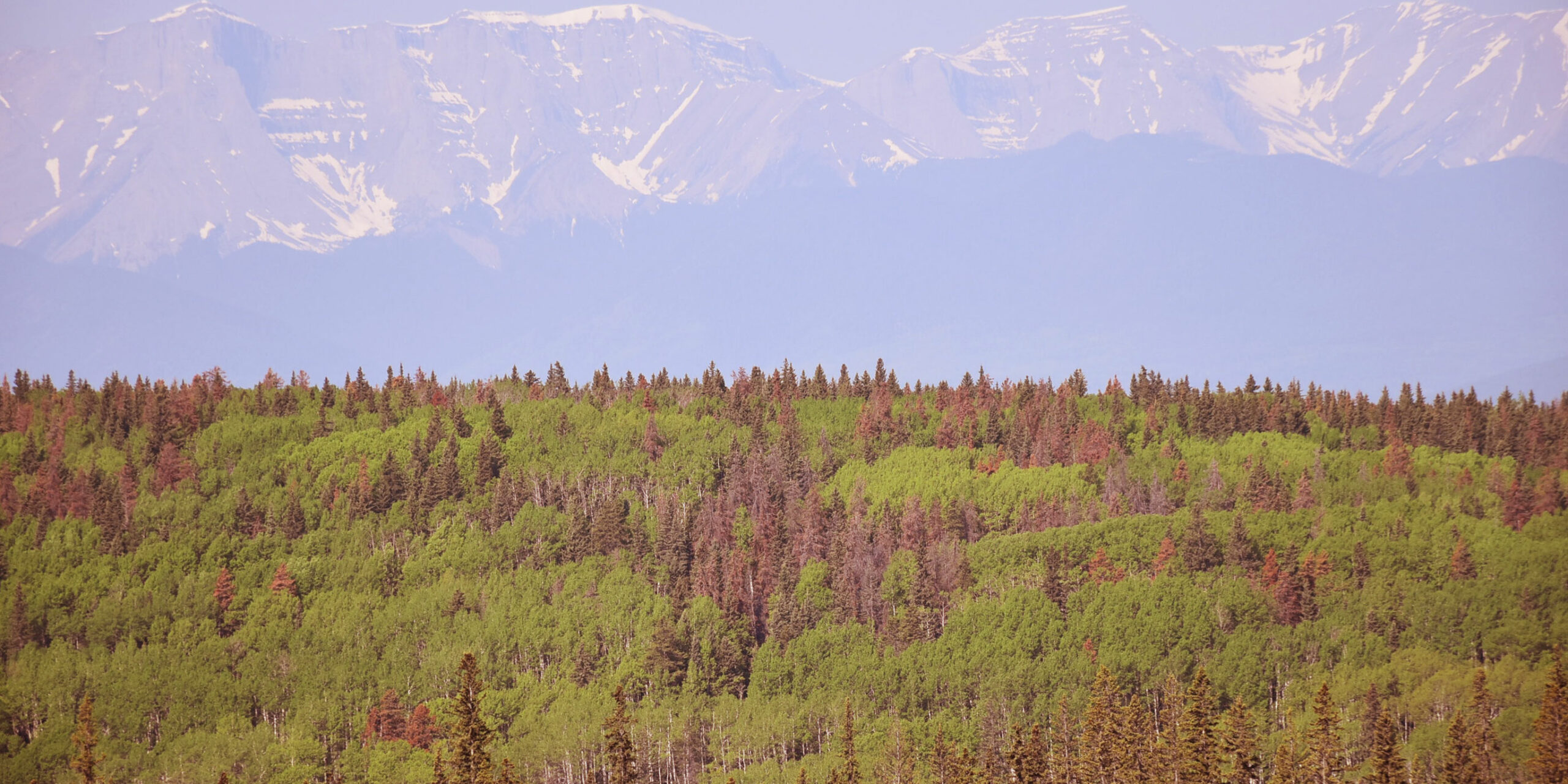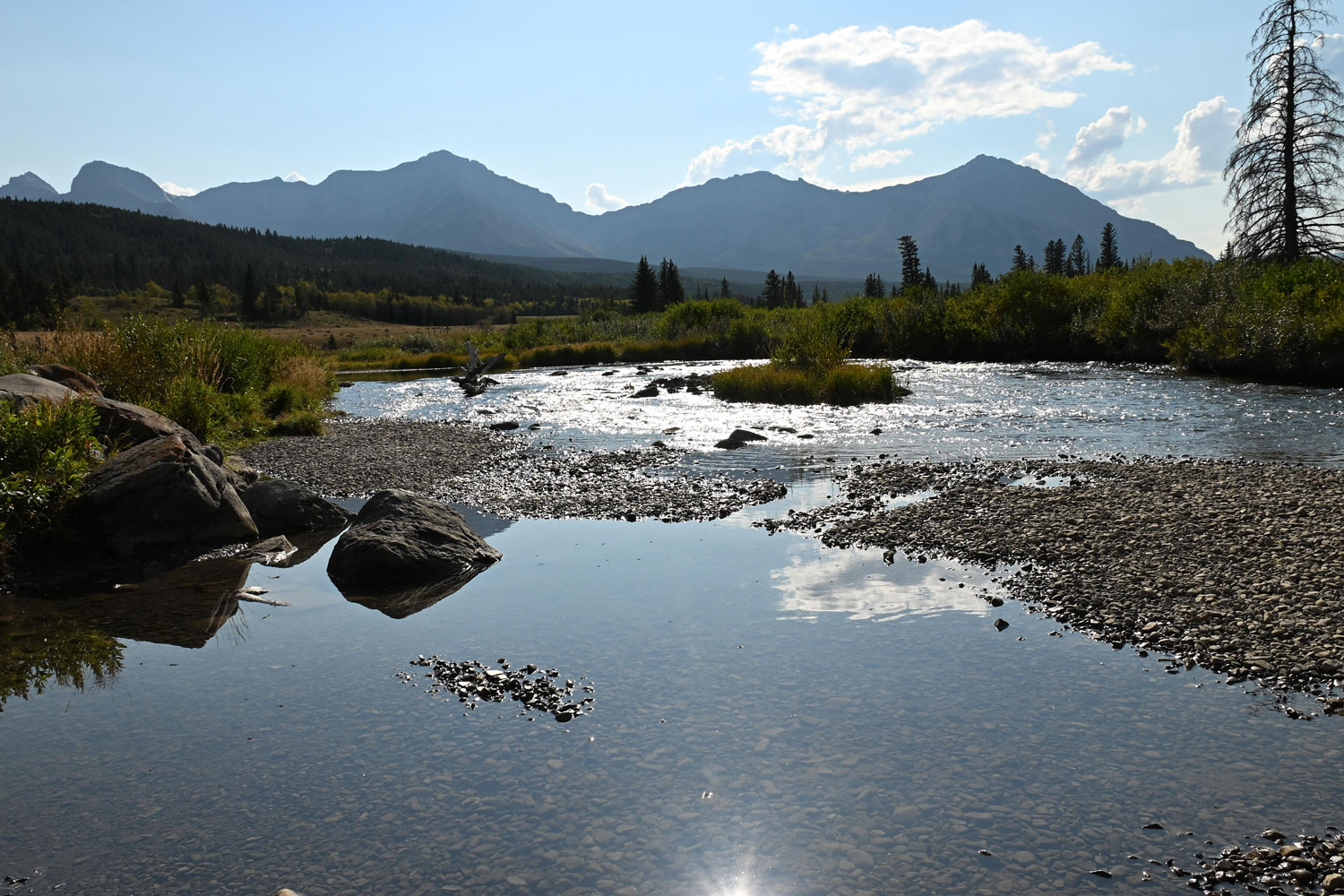
Abstract
Aerial application of fire retardants is a critical tool in wildland fire suppression but can impact aquatic ecosystems if accidentally misapplied into watercourses. However, exceedingly few studies have documented actual water quality impacts of such misapplications. Here, we explore the short- and longer-term effects of an operational misapplication of PHOS-CHEK LC95A into a Rocky Mountain stream on (a) water quality, (b) streambed storage and release potential of soluble reactive phosphorus (SRP), (c) its downstream transport, and (d) effects on periphyton productivity. Two weeks after the retardant drop, streambed SRP and its potential release into the stream were 2.6–3.0 times greater (p < 0.014) at the drop site than at a reference site above the drop, yet the greatest increases in aqueous stream SRP occurred 1 km downstream of the drop. One year later, while streambed SRP at the drop site declined by 34%, downstream transport of retardant residues and streambed-bound SRP strongly increased streambed and stream SRP 1.5–6.1 km below the retardant drop. The lasting effects of the retardant observed in this study reinforce the importance of continued refinement of air tanker operational guidelines and enhanced operational attention to protecting critical watersheds during fire suppression operations.
Read the full article here.
Citation
Madelyn M. Lux, Uldis Silins, Michael J. Wagner, Eamon R. Turner, J. Jeremy Fitzpatrick, Erin A. Cherlet, Kirk Hawthorn, Craig Harriott, Micheal Stone, Kathleen M. Beamish, and Monica B. Emelko. Lasting Impacts of Wildfire Retardant on Phosphorus Storage and Downstream Transport in a Rocky Mountain Stream. Environmental Science & Technology DOI: 10.1021/acs.est.5c04555







